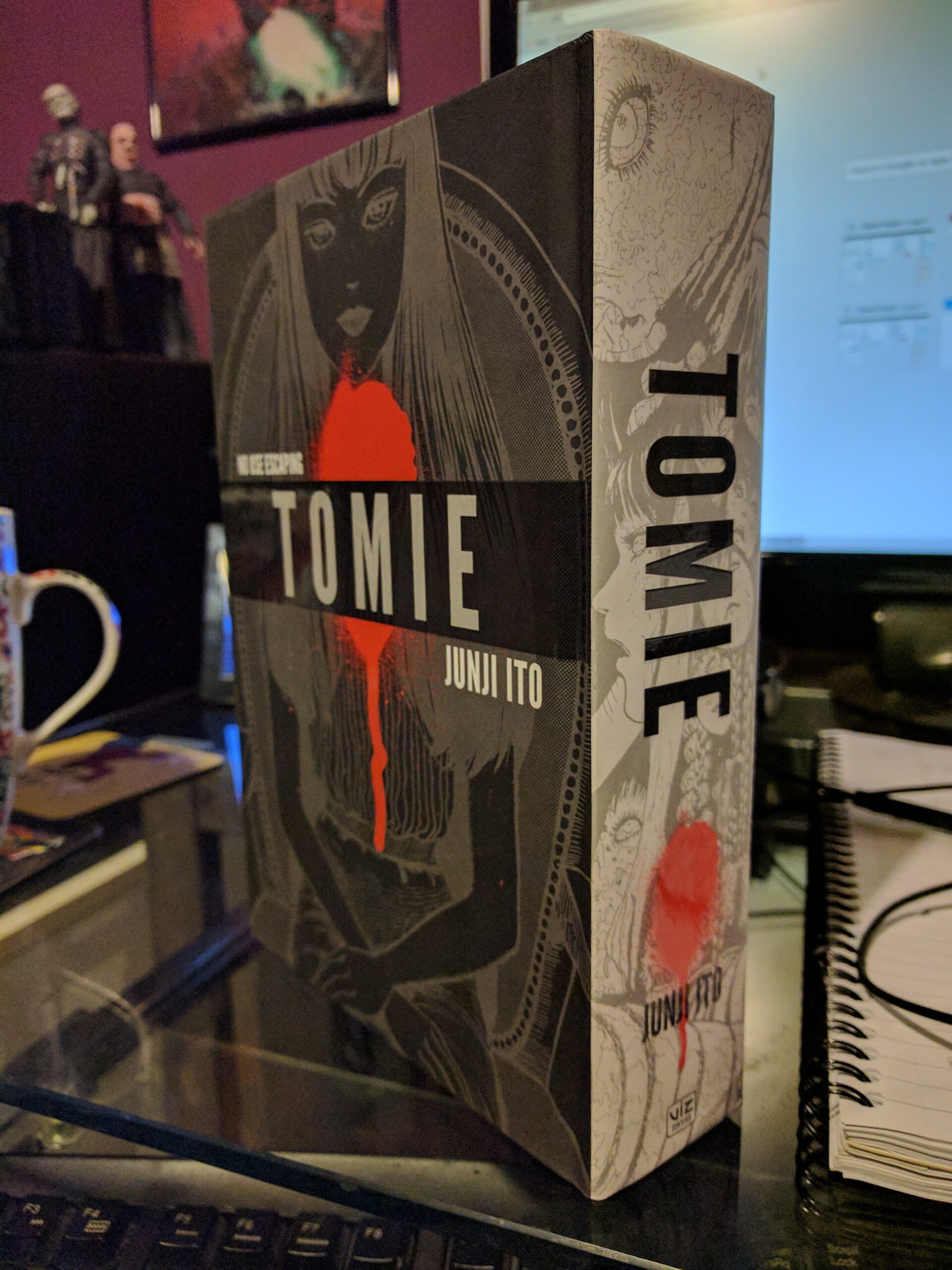Tag: Junji Ito
Junji Ito is a horror Mangaka famous for his most popular works: Uzumaki, Gyo and Tomio. As I re-read his stories, and discover new ones, I will be sharing my thoughts about them here.
-
Snow White adaptation by Junji Ito
Most people probably know the story of Snow White — the seven dwarfs; the poison apple; the prince. But I bet not many know of this version by acclaimed horror Mangaka Junji Ito. A short version but not one to be missed. Read on Manga Owl.
-
Honoured Ancestors
Honouring the memory of one’s ancestors is something that most people try to do – at least I like to think so. So it seems fitting that in Honoured Ancestors, Junji Ito should take this very human trait and turn the dial up to “weird” and give us a flesh and blood representation of ancestry.
-
Frankenstein
Junji Ito takes on one of the most well-known horror stories of all time. He injects his signature style and atmosphere into the classic tale of man playing god.
-
One of the most exciting pictures I’ve seen in a long while
This picture is one of the most exciting pictures I’ve seen in a while. On the surface it is just three people looking at something on a computer monitor. However, for those who know and enjoy two of these people’s work, it is something to shout home about. Junji Ito The guy on the left…
-
My collection of horror Manga may spiral out of control…
-
I stumbled upon this beauty in Waterstones today!
-
The artwork in Uzumaki is stunning. Jack in the box is one of my favourite chapters
-
There is something really haunting about The Enigma of Amigara Fault.
-
Read the first ten chapters of Gyo by Junji Ito tonight. Weird stuff. Fish with legs!
-
I love the work of Junji Ito. His stories and artwork are so disturbing!
-
Possibly one of the coolest presents I’ve ever been given — Uzumaki by Junji Ito (Complete Hardback Edition)




